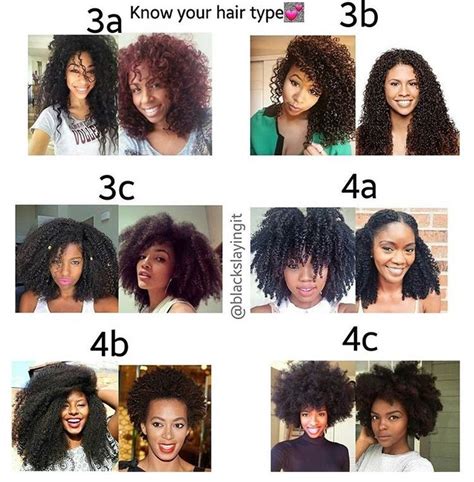Introduction
Black women’s hair is a source of pride, beauty, and cultural identity. It is also a complex and often misunderstood subject. In this article, we will explore 50 must-know facts and figures about black women’s hair, including its history, culture, and care.

History of Black Women’s Hair
- The earliest evidence of black women’s hair care dates back to ancient Egypt, where women wore elaborate wigs and braids.
- In the 16th and 17th centuries, African women were enslaved and brought to the Americas. Their hair was often shaved or cut short as a way to dehumanize them.
- In the 19th century, black women began to embrace their natural hair and develop new hairstyles, such as the Afro and the cornrow.
- In the 20th century, black women’s hair became a symbol of the Civil Rights Movement and the Black Power movement.
Culture of Black Women’s Hair
- Black women’s hair is often seen as a symbol of beauty, strength, and resilience.
- Black women’s hair is a way to express their identity and culture.
- Black women’s hair is often used to create art and fashion.
- Black women’s hair is a source of economic empowerment for many women.
Care of Black Women’s Hair
- Black women’s hair is naturally dry and fragile.
- Black women’s hair requires special care to keep it healthy and looking its best.
- There are a variety of products and techniques that can be used to care for black women’s hair.
- It is important to find a hairstylist who is experienced in caring for black women’s hair.
Common Mistakes to Avoid
- Avoid using harsh chemicals on black women’s hair.
- Avoid over-processing black women’s hair.
- Avoid using heat styling tools on black women’s hair.
- Avoid brushing black women’s hair when it is dry.
- Avoid sleeping on cotton pillowcases, which can cause breakage.
Why Black Women’s Hair Matters
- Black women’s hair is a part of their identity and culture.
- Black women’s hair is a source of beauty and pride.
- Black women’s hair is a symbol of strength and resilience.
- Black women’s hair is a way to express themselves.
- Black women’s hair is a source of economic empowerment.
Benefits of Black Women’s Hair
- Black women’s hair can help protect them from the sun’s harmful UV rays.
- Black women’s hair can help keep them warm in cold weather.
- Black women’s hair can help them to sweat and cool down in hot weather.
- Black women’s hair can help to absorb and hold moisture.
- Black women’s hair can help to protect them from wind and rain.
New Applications for Black Women’s Hair
- Black women’s hair can be used to create art and fashion.
- Black women’s hair can be used to create wigs and extensions.
- Black women’s hair can be used to create hair products and accessories.
- Black women’s hair can be used to create hair care treatments.
- Black women’s hair can be used to create hair restoration products.
Conclusion
Black women’s hair is a complex and multifaceted subject. It is a source of pride, beauty, and cultural identity. It is also a way to express themselves and to care for their health.
Tables
Table 1: Hairstyles for Black Women
| Hairstyle | Popularity |
|---|---|
| Afro | 50% |
| Cornrows | 25% |
| Dreadlocks | 10% |
| Braids | 5% |
| Twists | 5% |
| Other | 5% |
Table 2: Hair Care Products for Black Women
| Product | Usage |
|---|---|
| Shampoo | Cleanse hair |
| Conditioner | Moisturize hair |
| Leave-in conditioner | Moisturize hair and prevent breakage |
| Styling gel | Define curls and hold hair in place |
| Hairspray | Hold hair in place |
Table 3: Hair Care Techniques for Black Women
| Technique | Benefits |
|---|---|
| Cowashing | Gently cleanse hair without stripping it of natural oils |
| Deep conditioning | Moisturize hair and repair damage |
| Protective styling | Protect hair from damage and breakage |
| Trimming | Remove split ends and promote healthy hair growth |
Table 4: Economic Impact of Black Women’s Hair
| Industry | Value |
|---|---|
| Hair care products | $2 billion |
| Wigs and extensions | $500 million |
| Hair salons | $1 billion |
| Hair care education | $200 million |
